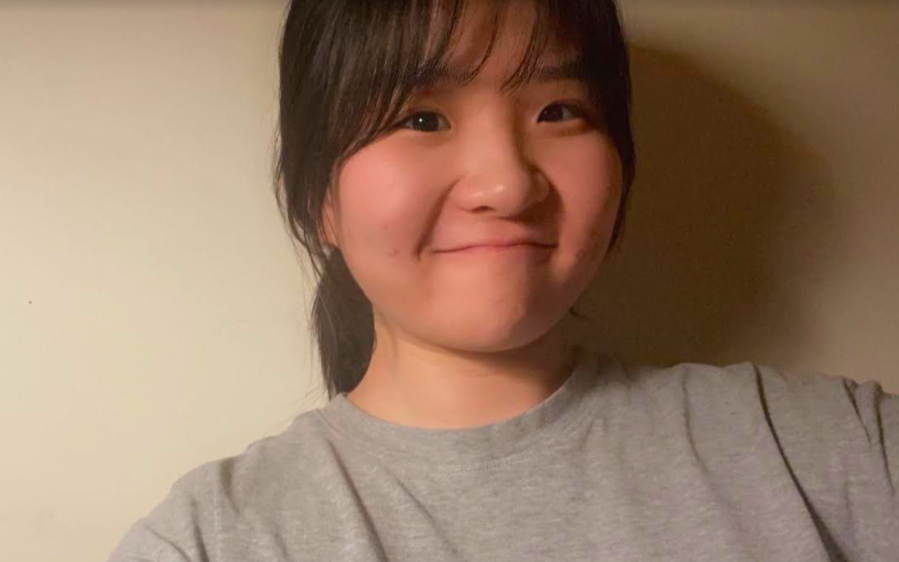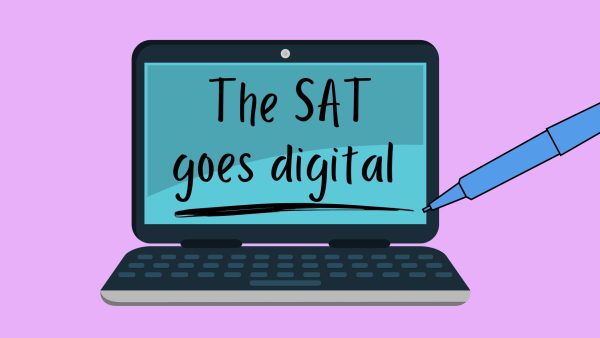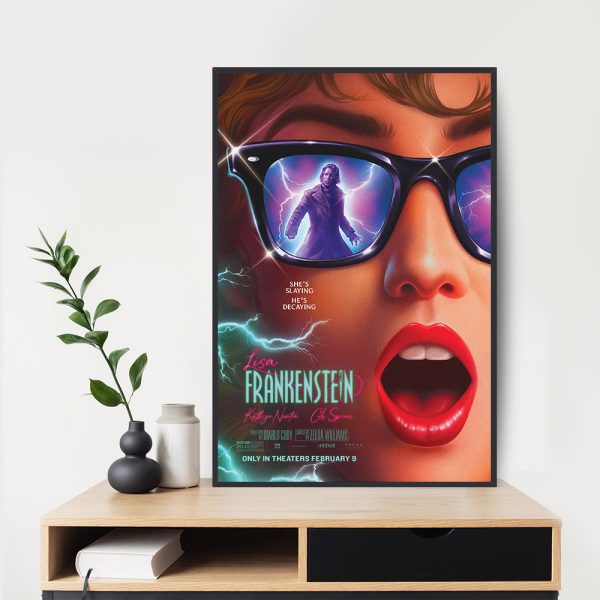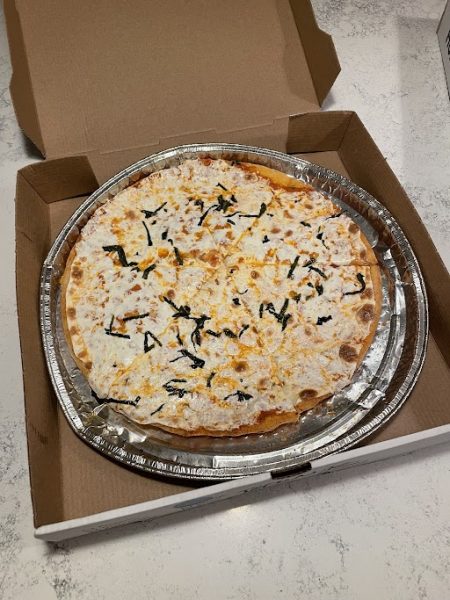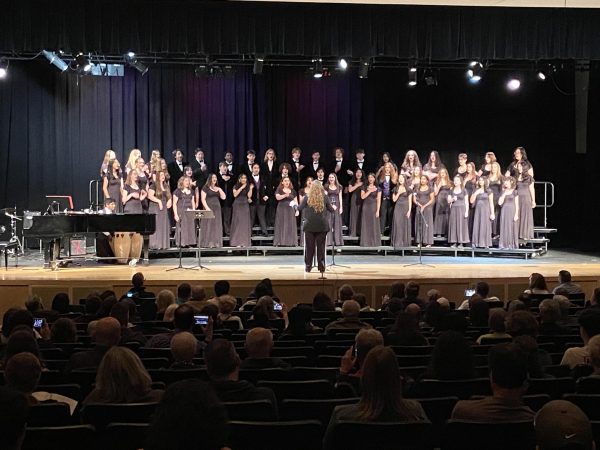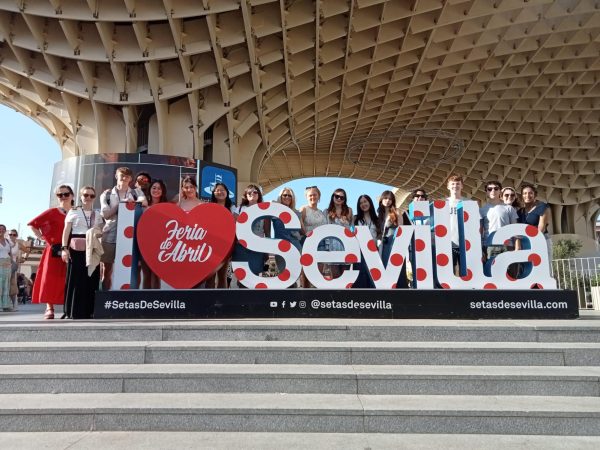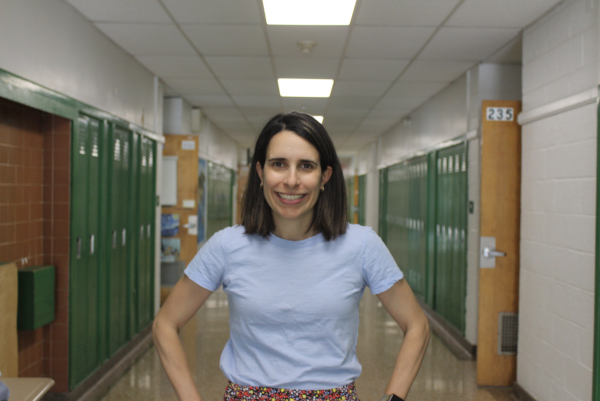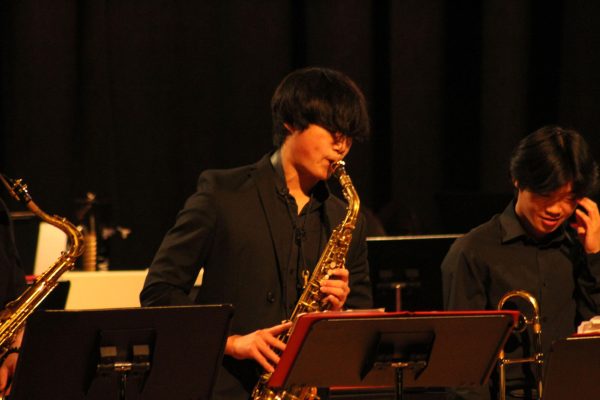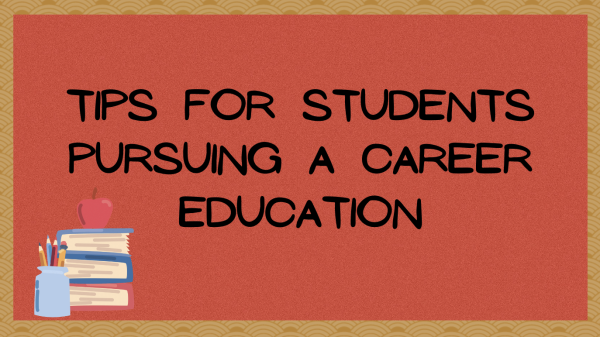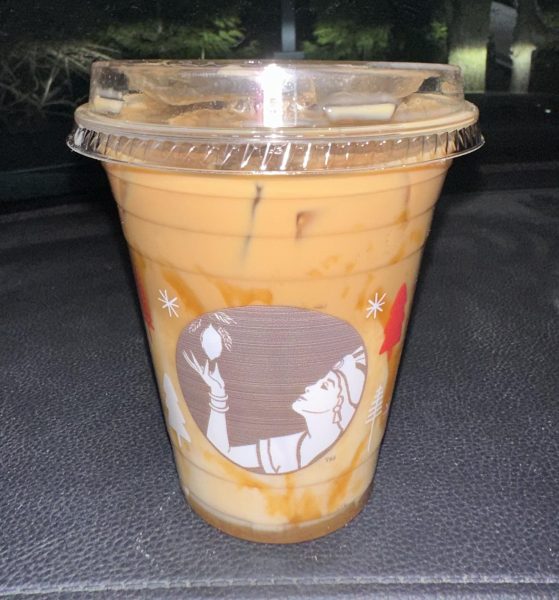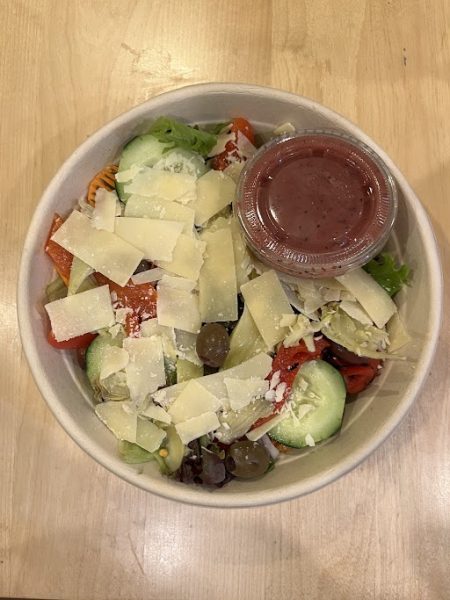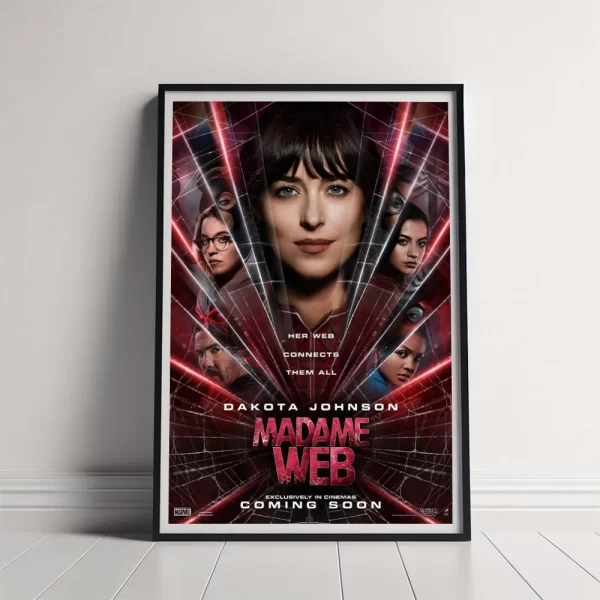Opinion: ‘The unfamiliar environment made me turn my head everywhere’
PV must continue to advocate for diversity in the area
Sophomore Minche Kim discusses her experience moving to the US from Korea while also encouraging the district to continue with their efforts to spread diversity among the PV community.
(Editor’s Note: To highlight the district’s efforts to spread inclusivity and equity throughout the Pascack Valley community, The PV Student Publication will be publishing opinion and feature articles on various groups and organizations within the district that align with its mission.)
Living in a predominantly white area ever since the first grade, the unfamiliar environment made me turn my head everywhere I went. Having moved to the U.S. from Korea, I would have to translate Korean into English in my head every time I wanted to go to the bathroom.
I wasn’t supposed to call each teacher, “teacher.” Friends informed me to call them “Mr.” or “Mrs.” and I thought that it was weird that women have to change their labels when they marry, while men don’t. Everything, whether it was big or small, seemed so different. I hadn’t been anywhere like an American town before, which made the experience in itself so unique.
According to the U.S. Census Bureau, minority races took up around 30% of the Bergen County population in 2019. Looking specifically at Pascack Valley, the U.S. News and World Report indicated that minority races made up about 17% of the student body during the 2018-19 school year. Of that 17%, only 8% depicted themselves as Asian.

As one member of the 8% of the student population, my experiences are far different from the 83% of white students. Back when I first moved to the U.S., I had believed that our small town accurately represented the diversity of society. Ironically, I soon came to realize that the differences in American society were part of why countless people distinguished me through stereotypes.
Unfortunately, the Tri-State Area isn’t the best representative of all the unique continents. Most people are exposed to more stereotypical statements than most of us recognize. Stereotypical expectations of Asian students gave me more reasons to think twice before raising my hand during class.
In urban areas of Pennsylvania, some people still yell, “Ni hao,” while enthusiastically waving at me. In New York City, some people still ask, “No, where are you really from?”
Deceptions and expectations never fail to produce doubts in my mind. Simultaneously, while I often feel chained down by stereotypes, I can’t imagine the obstacles that other minority races face. All minority races at PV each take up less than 10% of the student population individually; some races – such as African American and Native American – recorded populations under 1%, which can lead them to feel undefined as individuals.
One significant example where people spoke out for representation is the Black Lives Matter movement that followed the death of several innocent African Americans. Through this movement, we were able to witness millions of voices urging the need for change: change in toxic stereotypes, change in education, and change in the attitude towards minorities – PV replied with efforts towards reform.
Although there are signs of distortion around us today, our district continuously strives to become a leading model for the future. The cultural clubs, the school newspaper, and the school lunch are all representations of the school district’s effort towards inclusivity.
One example of the school’s effort towards representation is the World Culture Club and its integration of multicultural aspects into school lunch with weekly specials. Another example is the school newspaper that covers stories all around the school.
The PV Student Publication makes it impossible to disregard sensitive topics, and it makes sure to ask all controversial questions to the student body, making discussions of these topics more sincere and natural. The push towards an active student-district connection is shown through open discussions in the Equity Leadership Program, addressing flaws in our educational system.
Learning in an environment working towards multiculturalism, I was able to make great friends and stay strong as an individual. Although many communities in the area are still struggling to represent diversity, I strongly believe PV’s efforts have presented a major difference from ignorant communities.
Conversations, fluent student-to-teacher communication, and the willingness of students are core factors leading to evolution. As long as they stand strong, I’m sure PV will continue to be a leading advocate for diversity in the area.

